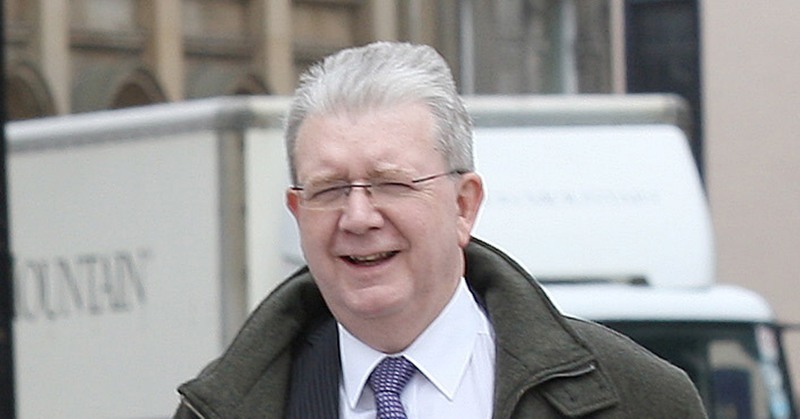Scottish universities and colleges could be forced into mergers under shock Scottish Government plans.
The news has provoked fears that universities in urban areas could be compelled to merge if the new structure is deemed more cost efficient by bureaucrats.
The controversial proposal was among wide-ranging changes to the post-16 education sector unveiled by Education Secretary Michael Russell.
His statement to the Scottish Parliament was expected to open the door to college mergers, but the inclusion of universities came as a surprise.
Mr Russell said he wanted to see regional groupings of colleges, greater collaboration between universities, and “the possibility of mergers where that makes educational and financial sense.”
A pre-legislative paper to accompany the statement revealed Scottish ministers plan to “supplement” their powers to allow them to “implement” proposed mergers.
Labour MSP Jenny Marra raised concerns about the potential impact on Dundee and Abertay universities.
Meanwhile, the proposals would require increased collaboration or in some circumstances mergers from existing colleges based on a regional structure.
Tayside and Fife would be considered two of nine separate regions under the plan.
Other measures include faster progression from college to university, stronger collaboration with employers and a minimum income of £7,000 for the poorest students.
Mr Russell said the proposals, some of which will lead to legislation late next year, will provide affordable, sustainable and high quality learning opportunities.
He added: “Scotland needs a post-16 education system where everyone, regardless of their background, has the opportunity to access and progress through learning successfully.
“Reform of post-16 education is urgently needed. Some might argue it is actually overdue. To compete successfully in a rapidly changing global economy, Scotland’s employers need a high-performing, well-educated and skilled workforce.”‘Come clean’Labour education spokesman Ken Macintosh demanded Mr Russell “come clean” on proposed university mergers.
“If he believes Scotland has too many universities and colleges he should say so,” he said. “He should also say what consultation and discussion there will be and over what timescale the review will take place.
“As always with the cabinet secretary there is a lack of clarity and detail. He complained in his statement about complexity and lack of transparency around the existing Scottish college funding model.
“There’s a real lack of detail in his statement and he should bring forward real answers for the further education sector without delay.”
Continued…
Alastair Sim, director of Universities Scotland, welcomed the Scottish Government announcement.
“The report sets out some fairly bold and challenging ideas for a way forward but this was expected and universities will not look to duck difficult questions,” he said. “We will work constructively and fully explore all the ideas outlined.
“While it’s right that the Government sets overall direction, close and continued partnership working between Government and its partners will be vital in developing some of the early ideas into successful outcomes.”
John Spencer, convener of Scotland’s Colleges’ Principals’ Convention, said his concern was that efficiencies would be expected from having fewer colleges, but the number of students would be the same.
He added: “This would be a very challenging agenda in any circumstance but, from the minister’s comments today, it seems likely that we will soon hear that colleges may be asked to do this while absorbing a tough funding settlement.”
Other reforms include modernising Skills Development Scotland’s careers service, maintaining Scotland as a world leader in university research, and providing an additional £500,000 to the Scottish Funding Council to support international research activity.
Tory education spokeswoman Liz Smith said the SNP government wasn’t sufficiently funding higher education.
